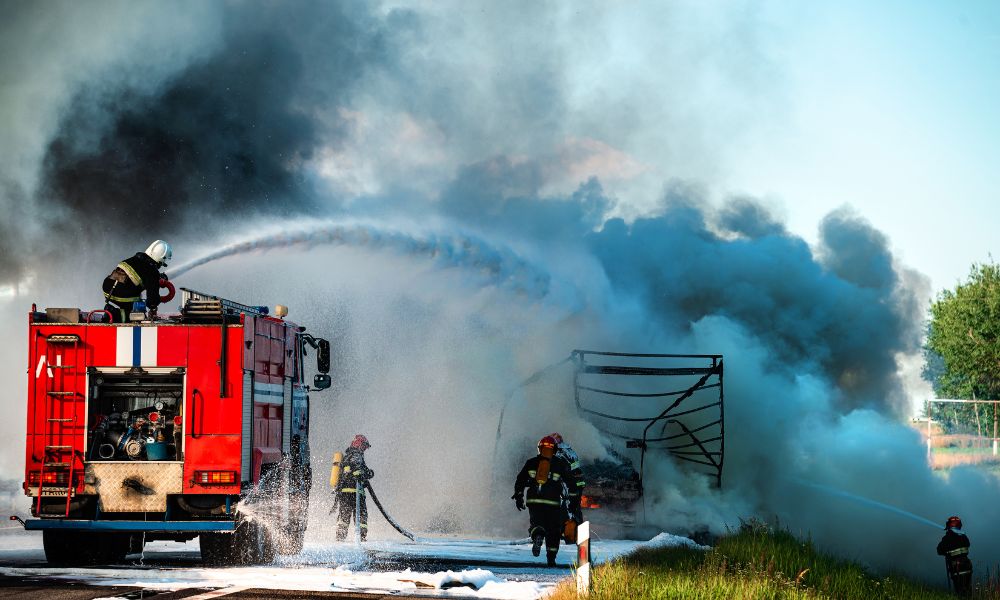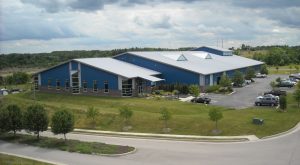Fire truck pumpers and tankers are common firefighting vehicles, yet they have some differences. We will discuss the difference between fire truck pumpers and tankers, their uses, and the type of emergencies firefighters use them for.
Fire Truck Pumpers
Fire truck pumpers supply water for putting out a fire. They carry water onboard and use pumps to help firefighters spray water onto flames. The high-pressure water pump sends water through the hose and nozzle, and the firefighters can regulate the water flow from there. Fire truck pumpers are the most common fire trucks in firefighting, and they feature additional equipment such as ladders, hoses, breathing apparatuses, and rescue tools.
Tankers
Tankers, also known as tenders, do not have water pumps. Instead, firefighters use them to transport water to remote areas without a water supply. Fire truck tanks can hold large volumes of water, usually 1,500–5,000 gallons. A tanker has a nozzle, hose, and portable pump to distribute water from the truck bed. This mobile water container supplies water to fire truck pumpers.
Uses
Fire truck pumpers are common in cities, towns, and urban settlements and are commonly the first response vehicles at the scene of a fire. They supply water and carry equipment for rescue operations. Conversely, crews often deploy tankers in remote areas and regions with no permanent water supply. You’ll see them near rural and wildland fires filling up fire truck pumpers.
Type of Emergencies
First responders use fire truck pumpers for various disasters, such as building fires, car accidents, and medical emergencies. They provide fire suppression and help search and rescue operations. They’re also useful for cleaning up spills and floods. In contrast, tankers are useful in wildland fires, rural fires, and situations with a limited water supply.
Knowing the Difference Can Save Lives
When looking at the difference between fire truck pumpers versus tankers, it’s evident that they hold different roles for emergency crews. Fire truck pumpers act as first response vehicles and provide water to put out fires, while tankers transport water and support fire truck pumpers in areas with no permanent water supply. Knowing the difference between these two firefighting vehicles can come in handy during an emergency and improve responses to the situation.



